Post Traumatic Stress Disorder (PTSD) is a serious, often debilitating psychological affliction that is common in survivors of distressing physical, psychological and emotional trauma – particularly soldiers who have been in battle.
It was first widely recognized in the First World War, when it was termed “shell shock,” leaving troops who had been exposed to particularly traumatic events in the tranches nervous wrecks at best, and completely unable to function normally at worst.
A popular question among historians is that of whether soldiers in the pre-modern age suffered from this affliction. The answer to this question is, we suspect, “yes they did.” Before we proceed, a quick disclaimer is necessary: while PTSD is used today to describe a condition triggered by a wide range of negative experiences, many of which occur in domestic, non-military situations, in this article we will be talking about PTSD specifically as experienced by soldiers.
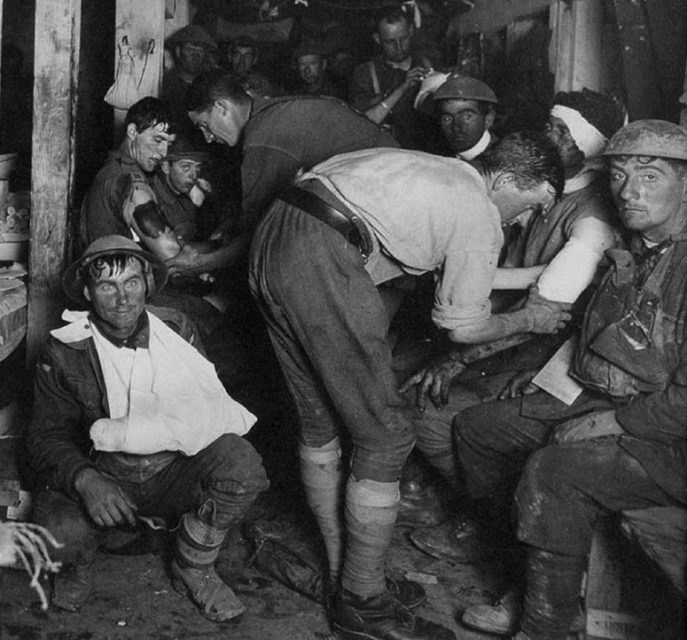
It is also worth mentioning that perceptions of death and how societies and cultures experience it has changed extremely drastically over the centuries, with the process and aftermath of death being increasingly removed and hidden from everyday life.
The average ancient or medieval person would have had far more exposure to death and violence than the average citizen of a modern nation, and would likely be conditioned to deal with such exposure.
However, while this may have made soldiers in premodern times perhaps more psychologically resilient than those of modern times, there is no reason to believe that the men of past centuries were somehow completely immune to the psychological consequences of continued exposure to, and participation in, extreme violence against their fellow men.
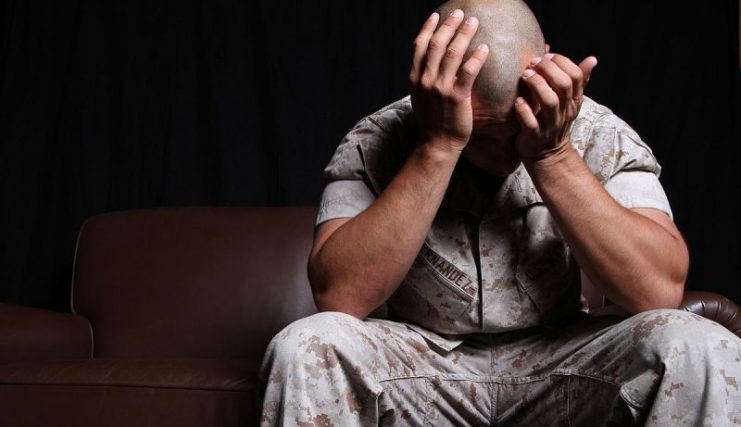
Examples of what we now recognize as being symptoms of PTSD can be found as far back as 2000 BC. In ancient Mesopotamia, under King Elam, soldiers were sent on campaigns every three years. Sources from this period describe soldiers as having recurring dreams and flashbacks about battle and their dead comrades – symptoms that today we associate with PTSD.
Back then, of course, there was little understanding of psychology, so it was assumed that the intense nightmares the soldiers experienced were caused by the vengeful ghosts of the enemies they had killed.
Further evidence of psychological trauma caused by battle comes from the account of Herodotus, the ancient Greek historian, who describes how in the Battle of Marathon (490 BC) a soldier was struck blind after seeing his friend killed next to him.
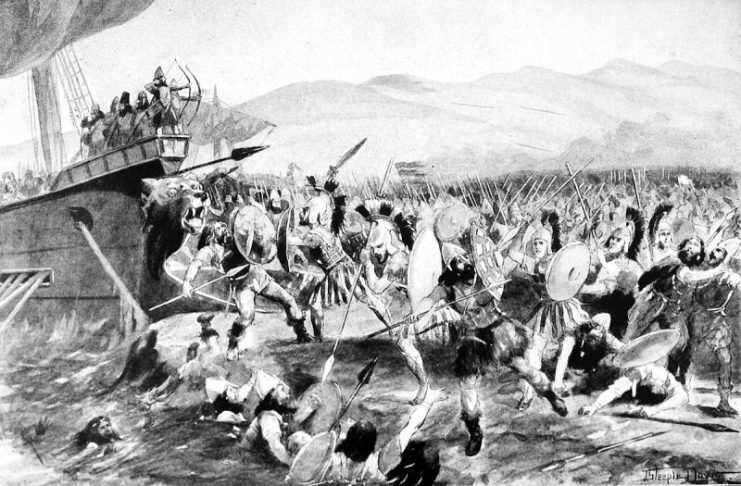
Moving further along the historical timeline, we find more evidence for PTSD-like symptoms described by French knight Geoffrey De Charny, who in his 14th-century book The Book of Chivalry warned knights of the many perils they would have to face as soldiers.
Some of those perils included difficulty in getting through the night, being “beset by great terrors” even when safe from any outward danger, and having to fight feelings that “even nature was going against them.”
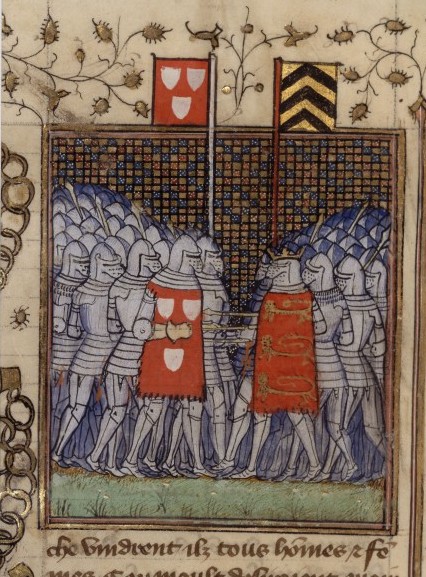
Shakespeare too briefly describes PTSD-like symptoms in his play Henry IV. In the play, the character Lady Percy, the wife of a war veteran named Hotspur, describes her husband’s behavior after having returned from war: lack of sleep, outbursts of unprovoked rage, frequent nightmares and a seeming inability to experience joy.
Moving a little further along, we can also find evidence of a PTSD-like condition in Bernal Diaz’s Conquest of New Spain. Diaz was a soldier who fought alongside Hernan Cortes during Spain’s conquest of the Aztec Empire from 1519-1521, a campaign which was characterized by extraordinary brutality and savagery on both sides.
Diaz describes how he and the other soldiers would sleep – or, rather, try but fail to sleep due to the ever-present fear of attack – in their armor, with weapons in their hands, for months on end.
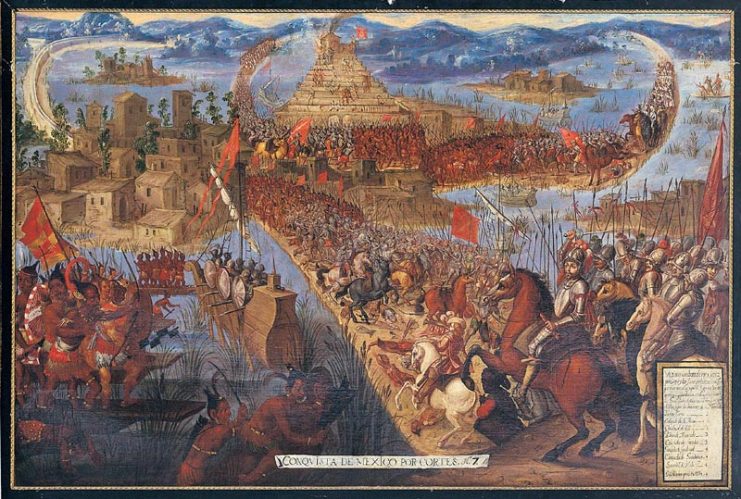
After seeing his comrades sacrificed by having their hearts ripped out by Aztec priests and then cannibalized by the enemy, Diaz – an experienced soldier – describes how he had to fight against an intense, debilitating fear that gripped him before every battle, and how it got so bad that he would wet himself before the fighting began. He says that he was never again able to sleep peacefully for the rest of his life.
While we cannot say for certain that what these ancient soldiers were experiencing was the exact same psychological condition that we call PTSD today, the symptoms described by these ancient chroniclers do sound remarkably similar to those experienced by soldiers who fought in wars from the American Civil War to the present.
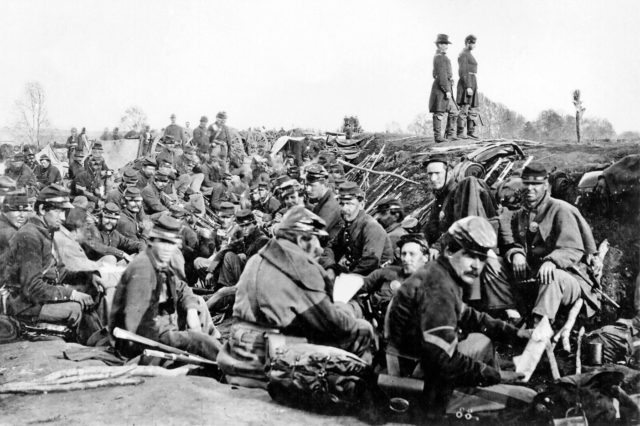
In short, while soldiers of the premodern era would not have been exposed to the intensely loud sounds and explosions and mass carnage caused by modern weapons on modern battlefields, and while they were more accustomed to experiences of death and violence, they were after all only human.
When exposed to the brutality of the battlefield, they surely came away from those places of mass death and suffering with more than just physical scars.
